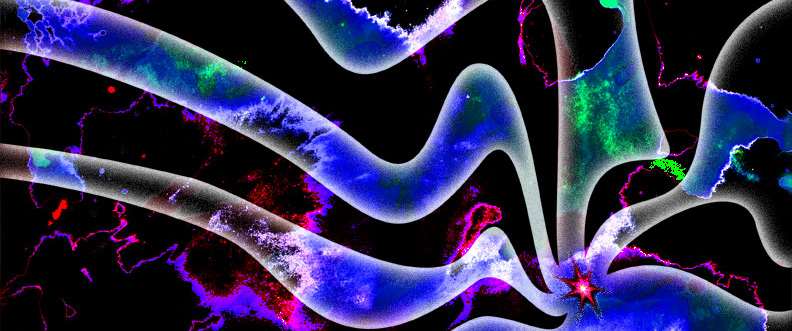
Recent News
As of April 2025 development on this website has stopped. For more than twenty years Dr. Kevin Lee led an ever-changing group of instructors, artists, and programmers to create the astronomy education materials found here. Thanks to everyone who contributed to the success of these projects in any way.
The most popular page on this website is this list of astronomy simulations. These were written in Flash, and work using the Ruffle emulator.
Development on these simulations started with the Nebraska Astronomy Applet Project (NAAP), a collection of online astronomy laboratories.
Work continued with the ClassAction project, which provides over 500 dynamic think-pair-share (peer instruction) questions for the astronomy classroom. Most of the NAAP simulations are also bundled in this project under the Animations tab in the ClassAction browser.
The original Astronomy Interactives project combines paper and Flash-based ranking and sorting tasks. The online versions provide extensive randomization and manipulation.
The three projects above are available as native apps that can be downloaded and installed on Windows and Mac PCs. This lets you access these materials offline, and ensures you will have access to them even if this site goes down.
There are over forty astronomy demonstration videos that can be used in the classroom, most with embedded peer instruction questions and accompanying worksheets. They are also available on our YouTube channel.
With the demise of Flash development moved on to HTML and JavaScript. Many of these simulations were specifically designed to work on smartphones, and are meant to be used by students in the classroom. These videos explain the goals of the project, and how these sims might be used.
The Interactives Editor lets an instructor create their own HTML-based ranking, sorting, and labeling tasks. As with the HTML5 sims, these are expected to be used in the classroom for formative assessment. Many tasks have already been created using this editor, and the IEP source files are provided.
Thank you for visiting. 🖖
Quick Links
Recent Projects
Legacy Projects (Flash)
Donations
Please consider making a donation to UNL Astronomy Education if you have found our materials useful. To learn more about the donation process, please visit this information page.

To make a tax-deductible donation to the NUFoundation UNL Astronomy Education Support Fund, please click the donate button above.